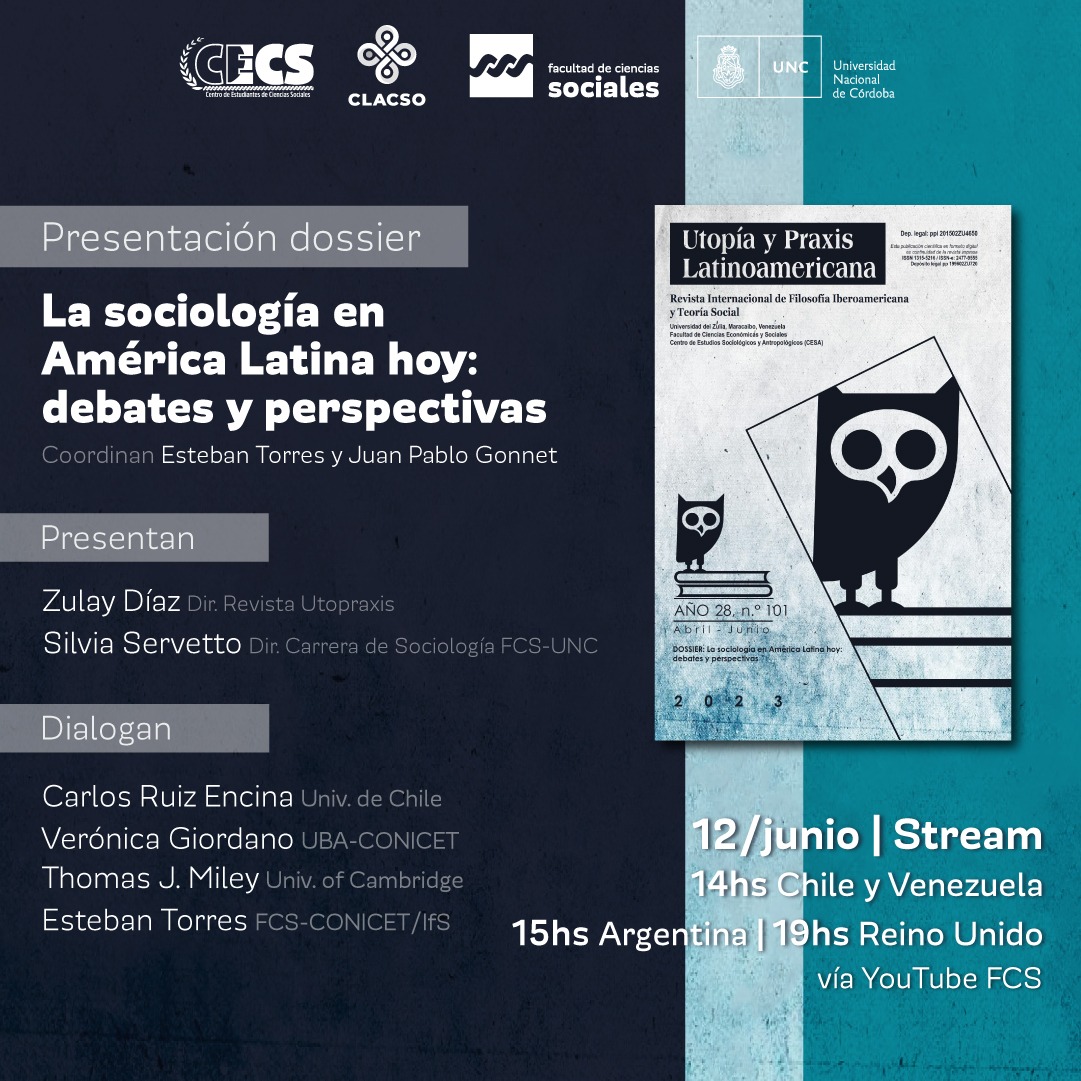Sharpening the character of local wisdom in virtual communication in Indonesia
Resumen
ABSTRACT
This article aims to analyze what characters emerge when someone communicates virtually and what must be done so that local wisdom is maintained by continuing to follow the era of rapid technological development. The conclusion of this article is to maintain the politeness of language as self-control in the embodiment of a civilized society. So it is necessary to understand the existing local wisdom that can become a tool in self-control when we think. It should always be filtered whether the opinions expressed have paid attention to aspects of wisdom, acceptance, generosity, approval, and sympathy for others.
Citas
ABDULLINA, L., GABDREEVA, N., & AGEEVA, A. (2019). “Using the “Flipped classroom” model in the teaching of the theoretical disciplines (French language) at the university”, Xlinguae, 12.
AKKIRMAN, AD & HARRIS, DL (2005). “Organizational communication satisfaction in the virtual workplace”. Journal of management development.
ARGENTI, PA (2006). “How technology has influenced the field of corporate communication”. Journal of business and technical communication, 20(3), pp. 357-370.
BARKER, P (2008). “How social media is transforming employee communications at Sun Microsystems”. Global Business and Organizational Excellence, 27(4), pp. 6-14.
BARTELT, VL & DENNIS, AR (2014). “Nature and Nurture”. MIS Quarterly, 38(2), pp. 521-524.
BAYER, JB, TRIỆU, P & ELLISON, NB (2020). “Social Media Elements, Ecologies, and Effects. Annual review of psychology, 71, pp. 471-497.
CHAER, A (2010). Kesantunan Berbahasa. Jakarta: Rinneka Cipta.
HELLER, R (2010). A cost-benefit analysis of face-to-face and virtual communication: overcoming the challenges.
HJORTH, L & HINTON, S (2019). Understanding social media SAGE Publications Limited.
LICKONA, T (2004). Character matters: How to help our children develop good judgment, integrity, and other essential virtues. Simon and Schuster.
LUBIS, AHH (1988). Analisis wacana: pragmatik. Badan Penerbit IKIP Medan.
MANAN, I (1989). Dasar-Dasar Sosial Budaya Pendidikan. Jakarta: Departemen Pendidikan dan Kebudayaan, Direktorat Jenderal Pendidikan Tinggi, Proyek Pengembangan Lembaga Pendidikan Tenaga Kependidikan.
MARTYNOVA, Y., KHABIBULLINA, E., & MARTYNOV, D. (2019). “Nikolay Katanov's scientific journey to Eastern Siberia and Xinjiang (1889-1892)”, Novyi Istoricheskii Vestnik-The New Historical Bulletin, 59, pp. 106-125.
PAULEEN, DJ & YOONG, P (2001). “Facilitating virtual team relationships via the Internet and conventional communication channels”. Internet Research: Electronic Networking Applications and Policy, 11(3), pp. 190-202.
RAHYONO, FX (2009). Kearifan budaya dalam kata. Wedatama Widya Sastra.
SUPRATIKNYA, A (1995). Komunikasi antar pribadi, tinjauan psikologis. Kanisius.
TILAAR, HAR (2002). Perubahan sosial dan pendidikan: pengantar pedagogik transformatif untuk Indonesia. Penerbit PT. Gramedia Widiasarana Indonesia bekerja sama dengan Center for Education and Community Development Studies.
WATIE, EDS (2015). “Membaca Kearifan Lokal Dalam Penggunaan Media Sosial”. Jurnal Transformatika, 13(1), pp. 20-23.












